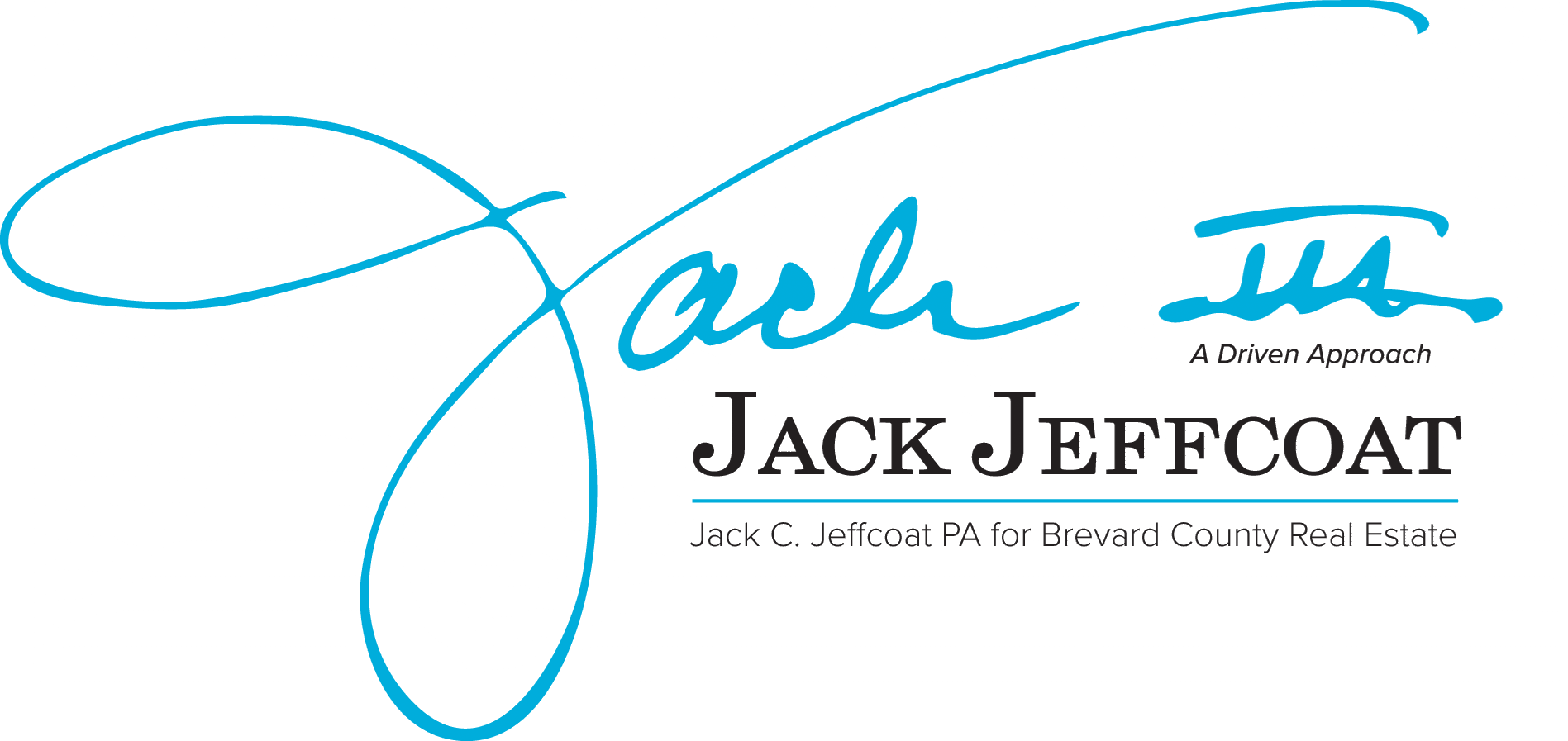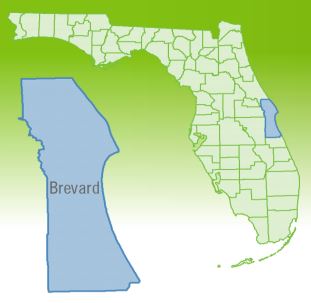Save Smarter with This Q&A ~ By John Voket
How much should I keep in emergency savings? Answers to this and other questions when considering your savings options.
I am always looking to save consumers a few bucks, so I am happy to help the Federal Deposit Insurance Corporation (FDIC) encourage consumers to begin or continue saving towards financial goals.
Although America Saves Week - February 23 and February 28 - is over, there is still time for us to make a savings commitment, and then provide access to ideas, tools, and other helpful resources to help consumers develop a plan to achieve their goal.
In particular, consumers are being asked to think about ways to automate saving, such as through regular transfers into a savings fund. The FDIC (Federal Deposit Insurance Corp.) has developed educational resources to help consumers evaluate savings options to achieve their savings goals.
The FDIC's savings quiz at americasavesweek.org reveals interesting realities about saving in America, for example:
Q. What is the typical amount of emergency savings that Americans need?
A. According to one recent survey, the typical amount Americans spent last year on unexpected expenditures was $2,000. Surprisingly, lower-income households in the survey cited the same amount.
Q. What are the two most important types of emergency expenditures?
A. According to the same survey, two-thirds of unexpected expenditures were related to medical care or motor vehicles.
Q. How long does it take to completely pay off a $1,000 credit card balance if monthly payments are 2 percent of this balance and there is a 24 percent penalty interest rate?
A. One will never pay off balance. All payments pay off only interest owed.
Q. How much more do families with a savings plan save than those without such a plan?
A. According to one study, if family incomes are the same, those families with a plan save about twice as much as those who do not have one.
Q. What represents the most effective way lower-income families have built assets over the past several decades?
A. Through buying a home and paying off the mortgage in full. Over four-fifths of the assets of lower-income homeowners represent home equity.
Reprinted with permission from RISMedia. ©2015. All rights reserved.






